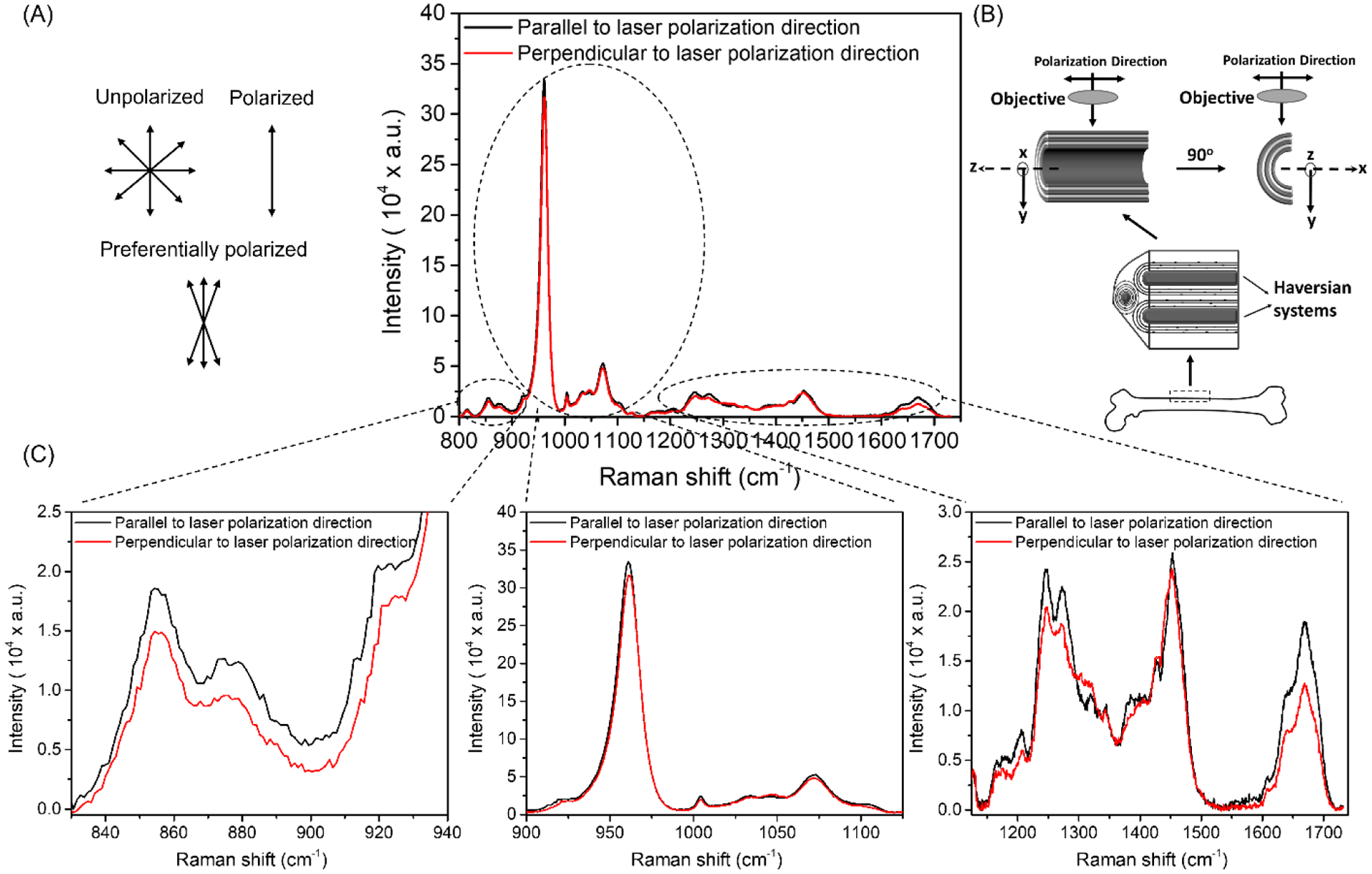Figure 4. Effect rotating bone 90° relative to the polarization axis of the laser on Raman peaks of human cortical bone.

The diode laser is preferentially polarized such that the orientation of the light waves is narrowly distributed about an axis unlike unpolarized light or fully polarized light (A). By knowing the direction of the polarization axis of the laser, a bone sample can be rotated 90° such that the orientation of the osteons is parallel (black) or perpendicular (red) to the polarization direction (B). The Raman peaks of cadaveric cortical bone are higher when the osteons are parallel than when they are perpendicular to the polarization direction, but the change in height upon rotation is not the same across all peaks (C).
